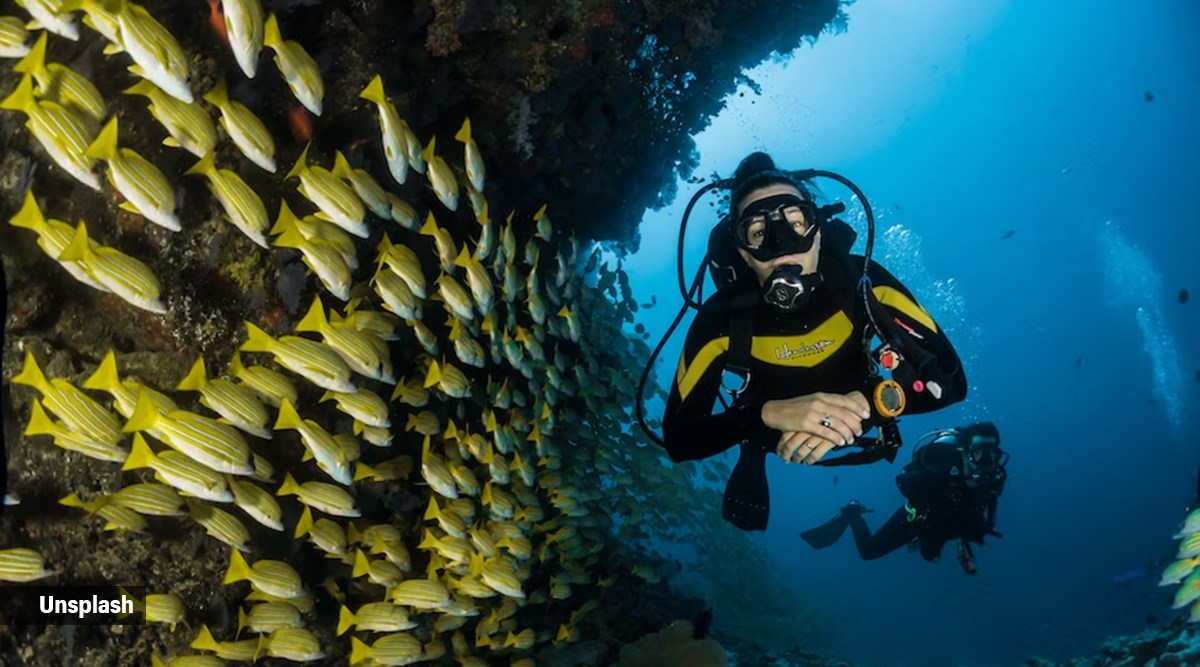[ad_1]
The last few weeks have been dominated by news of the Titanic submersible. The vehicle imploded while it was carrying five people to see the ruins of the Titanic, the century-old wreck, which lie on the ocean floor at a depth of almost 12,500 feet.
As per an article published in The New York Times, participants in this expedition invested a hefty sum of $250,000 individually, joining the ranks of numerous others who share a deep fascination for extreme tourism pursuits.
“While we should all appreciate efforts to innovate in order to push the boundaries of exploration, this must be done safely and sensibly,” Richard Garriott, president of the Explorers Club, was quoted as saying by Times UK.
The disastrous end to this explorers’ trip has caused even extreme adventurers, like Garriott, to advise caution against indulging in extreme sports.
But, what exactly is extreme tourism? As the name suggests, the travel industry has formed a niche to cater to the demands of those who want to indulge in off-beat — and expensive — expeditions. Whether that means travelling to space like Jeff Bezos or a deep dive into the Antarctic or this failed expedition to the Titanic wreck by Oceangate.
 Though extreme tourism is gaining recognition, now even more so due to the submersible incident, risks remain. (Source: Unsplash)
Though extreme tourism is gaining recognition, now even more so due to the submersible incident, risks remain. (Source: Unsplash)
“We push our clients as far as they want to go, from abseiling to zip lining to getting a taste of what it’s like being a polar explorer,” says Patrick Woodhead, a record-breaking Antarctic adventurer and founder of the luxury Antarctic operator White Desert to The Financial Times.
Amy Donovan, a geographer and volcanologist at Cambridge University, who has watched demand grow ever higher for proximity to spewing ash and lava, told The Financial Times, “It’s the same kind of thing that the Romantic poets talk about when they talk about the sublime in nature, the spectacles that take us out of ourselves and transcend the day-to-day human experience.”
Grace Lordan, associate professor in behavioural science at the London School of Economics, told The Wired, UK, that these dangerous expeditions have superseded luxury items for thrill-seeking entrepreneurs.
Ego is also a factor, says Lordan. “Luxury products are more available to the masses now. And we all want better dinner party anecdotes. So entrepreneurs, who tend to have a higher tolerance for risk, are increasingly desiring experiences that very few others have done.”
Despite the increasing recognition of extreme tourism, especially after the recent submersible incident, the associated risks persist. Paradoxically, these very risks appear to allure customers rather than dissuade them.
📣 For more lifestyle news, follow us on Instagram | Twitter | Facebook and don’t miss out on the latest updates!
[ad_2]











